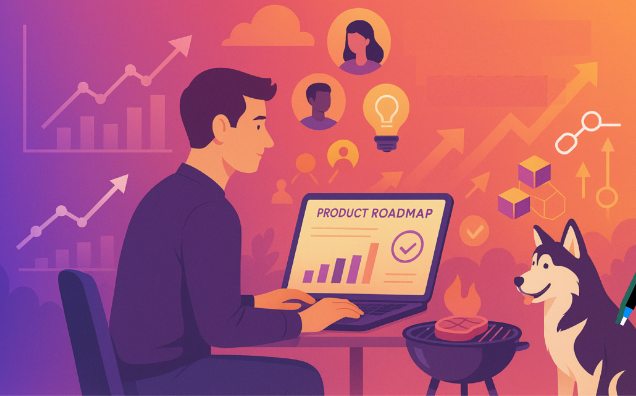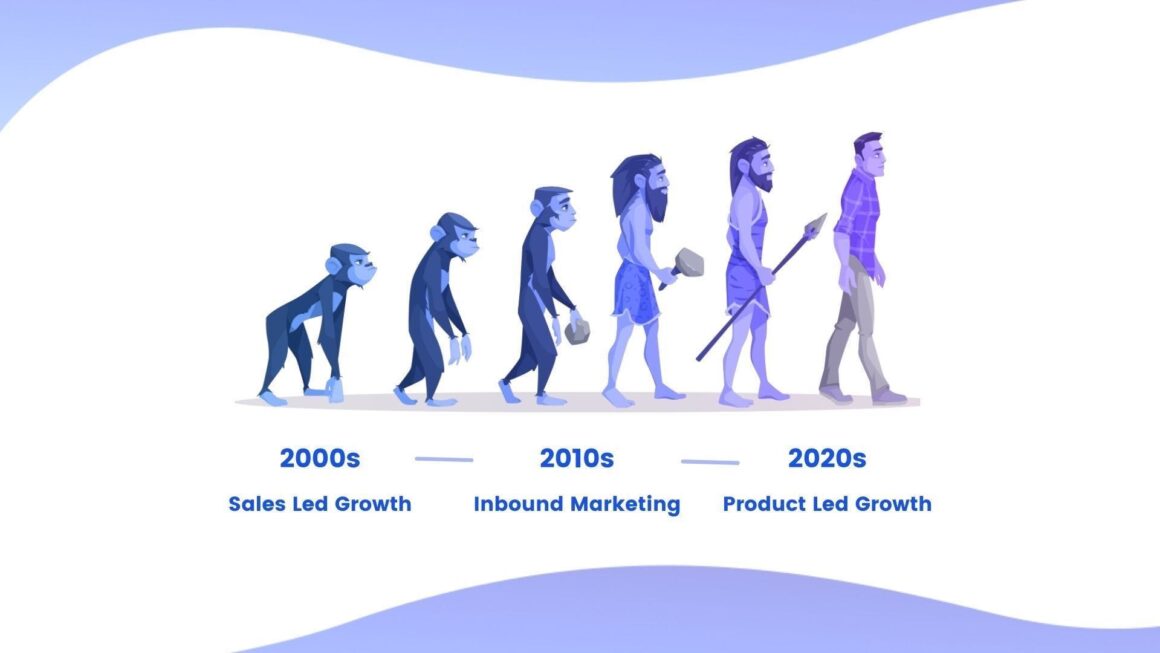Everyone loves to talk about PLG like it’s magic:
✨ Build a great product → Users show up → Revenue explodes ✨
But let’s be real — Product-Led Growth isn’t just about having a “clean UX” or free trial. It’s a discipline. A mindset. A team sport.
If you want your product to drive acquisition, expansion, and retention without relying entirely on sales and marketing, you’ve got to be intentional. Here are 8 principles I’ve seen behind sustainable PLG motion — not the hype, the real stuff.
1. Make Product Usage the Front Door (Not a Side Door)
Let people get started in seconds. Not after a sales call. Not with a contract. Not even with a credit card if you can help it.

Great PLG products lower the barrier to value:
- Self-serve signup
- Guided onboarding
- Fast paths to the “aha moment”
If users don’t feel momentum in the first few minutes, you’ve already lost them.
2. Incentivize Value Over Vanity
Usage is good. Value is better.
High-performing PLG companies don’t just track usage — they build feedback loops that reward useful product engagement:
- Tie feature success to PQLs, not just MQLs
- Incentivize sales on expansion & stickiness, not just new logos
- Price and package features based on actual customer outcomes
📉 Otherwise? You’ll end up with a bloated roadmap, poor retention, and an expansion funnel that never converts.
3. Design for Openness by Default

In a PLG model, your product is your distribution channel.
That means frictionless collaboration isn’t a nice-to-have — it’s core to growth.
The best PLG products don’t hide sharing, permissions, or workflows behind enterprise paywalls or support tickets. They build collaboration into the default experience:
- Shareable links (with fine-grained access)
- Real-time editing or commenting
- Seamless handoffs between teams and roles
- Transparent activity logs
Think of how Figma, Notion, or Loom exploded — not just because they were useful, but because they were easy to share. Collaboration was baked into their atomic unit of value.
📣 Tip: If your product works well for a single user, that’s good. But if it spreads because it works better with others — that’s PLG gold.
4. Simplicity ≠ Simplistic
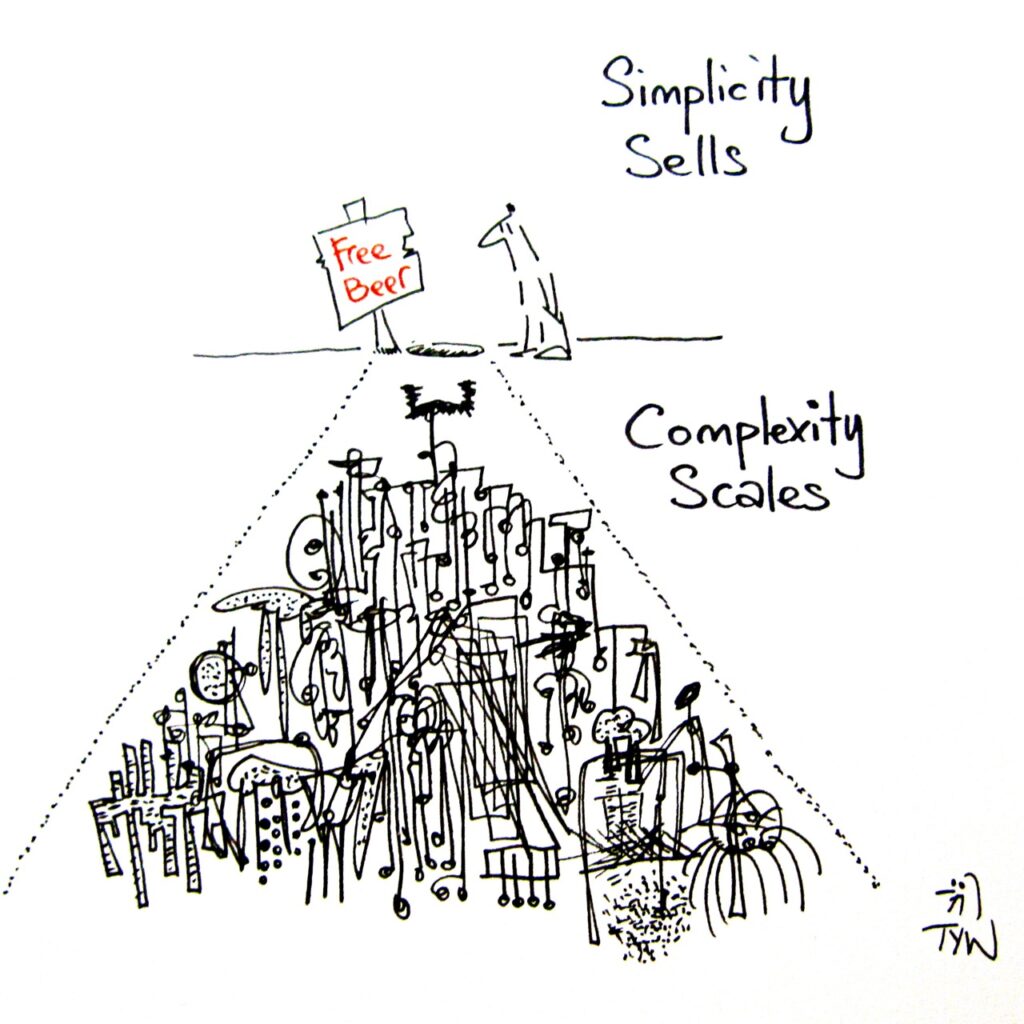
Users crave simple experiences. But under the hood? Your tech can (and should) be sophisticated.
Take Datadog: powerful telemetry, clean UI. That balance only comes from maniacal focus on UX, fast iteration, and obsessive customer listening.
🎯 The goal: hide the complexity, not the capability.
5. Don’t Ignore the Admins
PLG often focuses on the individual user — but organizations scale through admins.
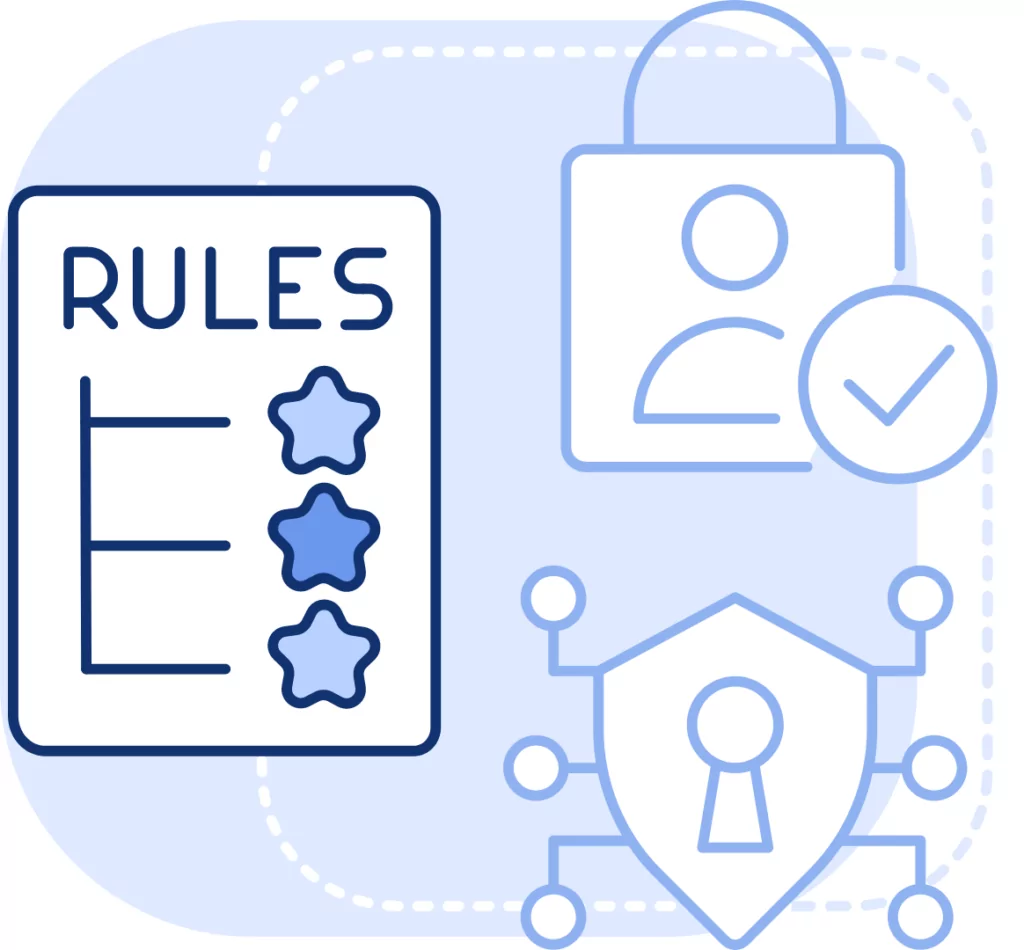
Admins care about:
- Standardization
- Permissions & roles
- Data governance
- Onboarding & offboarding at scale
The best PLG companies build for them too:
- APIs for automation
- Template-based configs
- Governance-friendly defaults
Make life easier for admins, and they’ll become your biggest internal champions.
6. Security ≠ Secrecy

“Security by obscurity” — where features are protected by just not talking about them — is not a strategy. It’s a liability.
In a PLG world, collaboration and transparency are key to growth. Your product should be secure and usable:
- Granular access controls
- Transparent permissions
- Clear logs and audit trails
Good security enables collaboration. It doesn’t block it.
7. Use Your Own Product. Religiously.

Every PLG leader I know dogfoods their product — not just before launch, but every day.
Why it matters:
- You catch the friction before your users do
- You build empathy fast
- You unblock product velocity with fewer assumptions
Want better feedback loops? Start with your own team.
8. Design Your Culture Like You Design Your UX
PLG isn’t just a product strategy — it’s an organizational one.
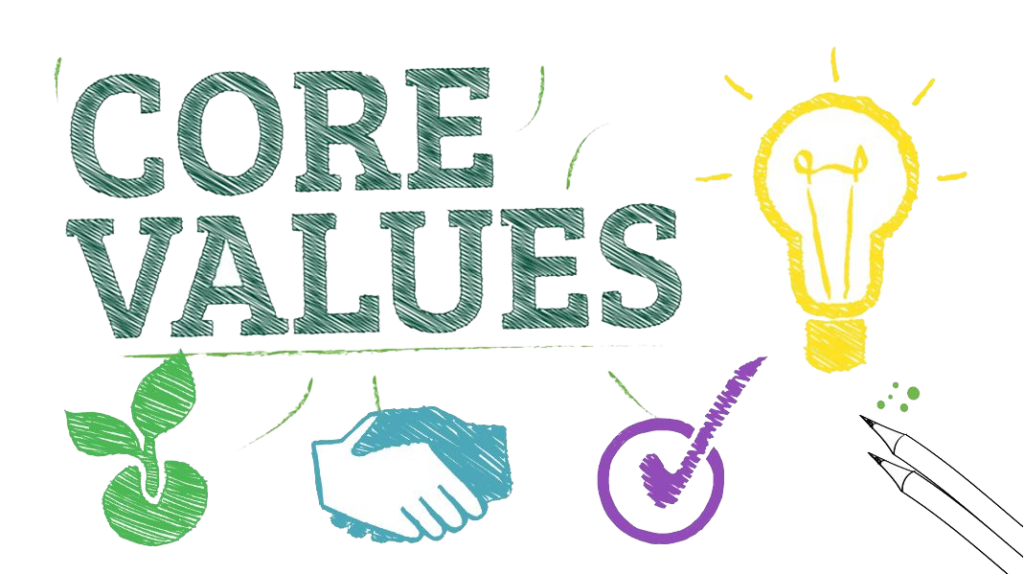
The best PLG companies operate the way their products behave:
- Collaborative
- Transparent
- Simple and empowering
- Fast but thoughtful
That shows up in everything from design language to customer success handoffs. If your internal culture feels like a clunky enterprise app, your product probably will too.
Wrap-up:
PLG isn’t just free trials and pretty buttons. It’s product strategy meets company DNA — with a relentless focus on delivering value before asking for commitment.
So if you’re building a PLG motion, ask yourself:
Are we designing for how our users buy… or how we want to sell?
Get that right, and the growth follows.
